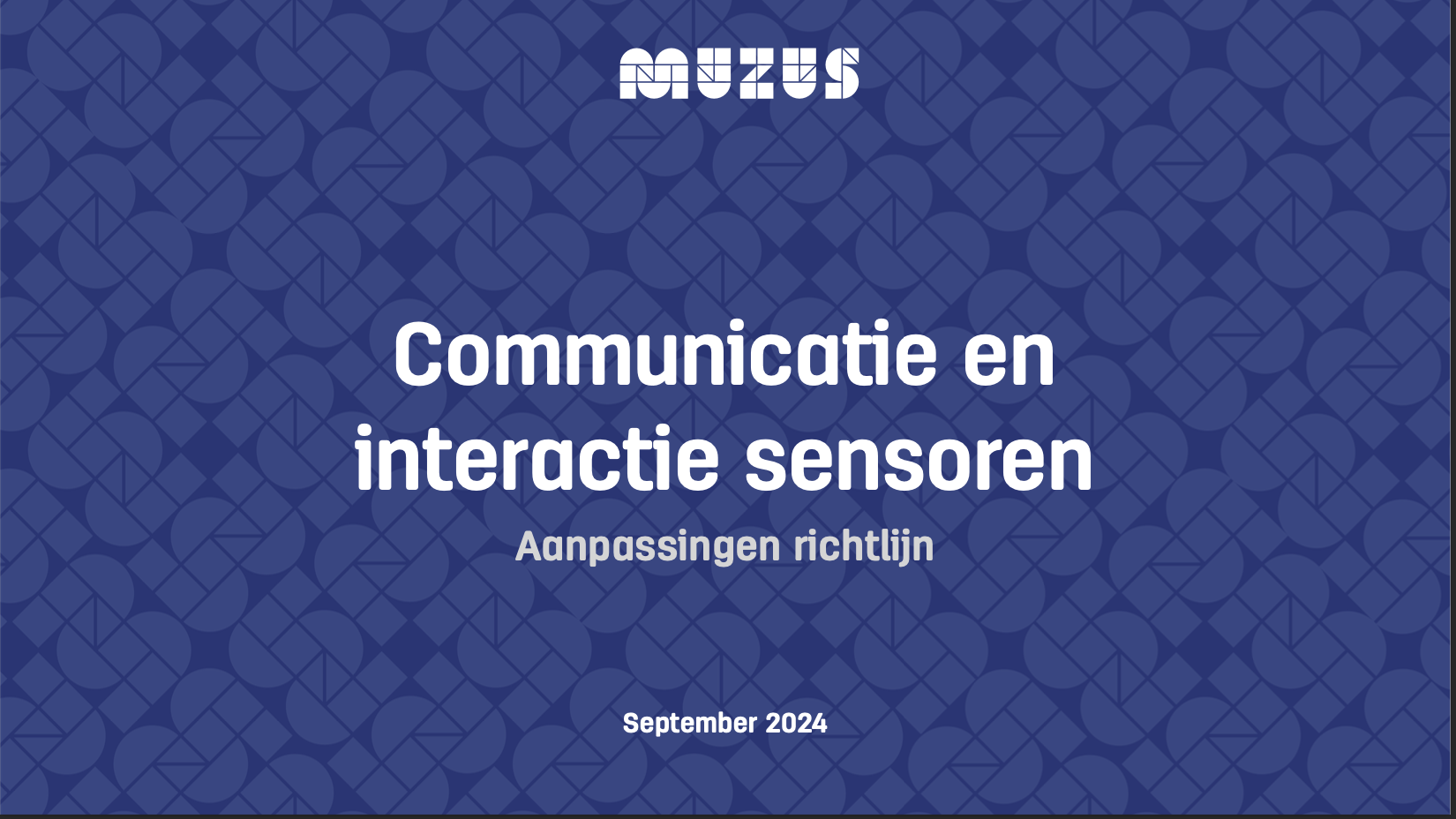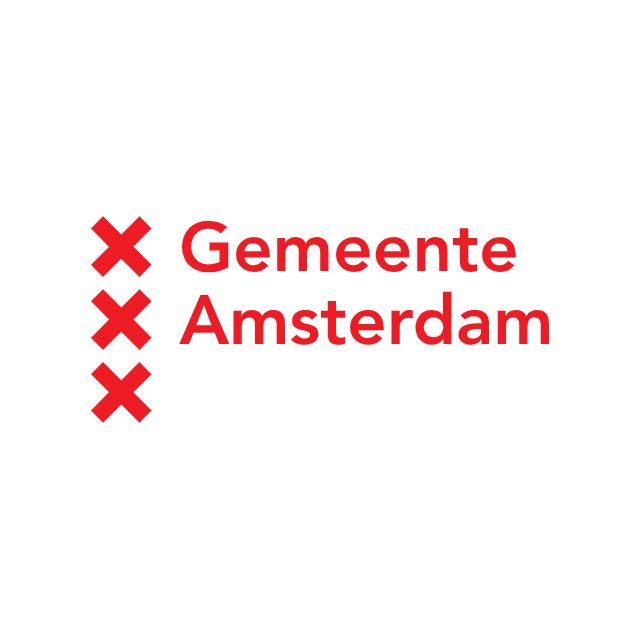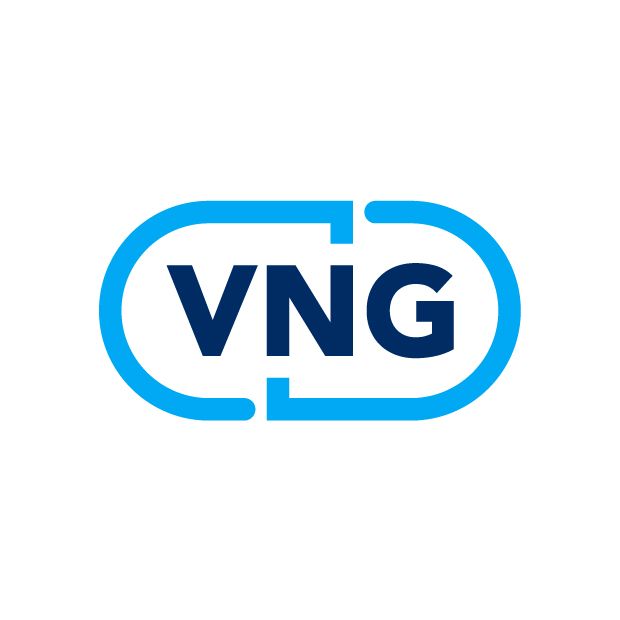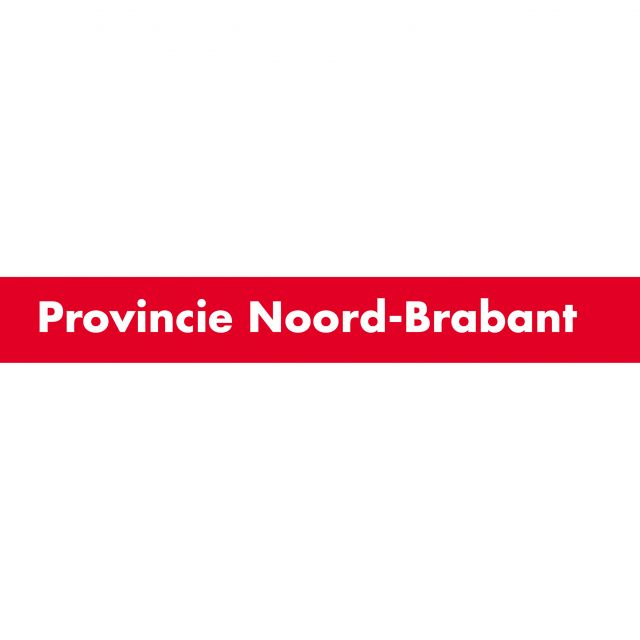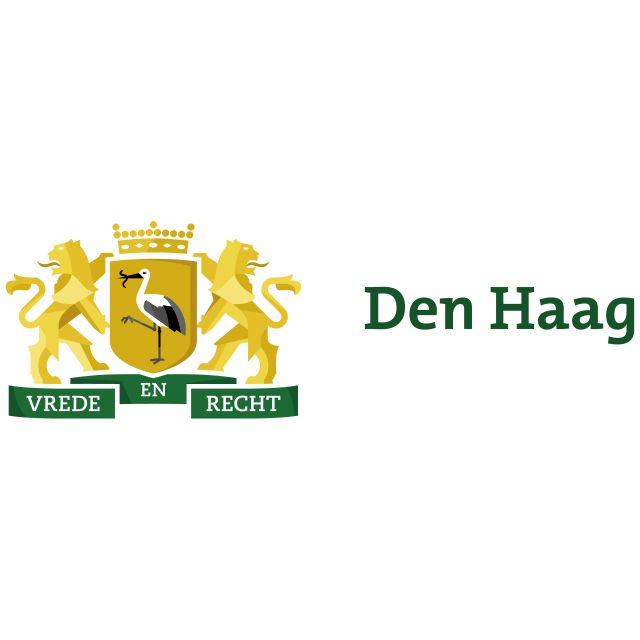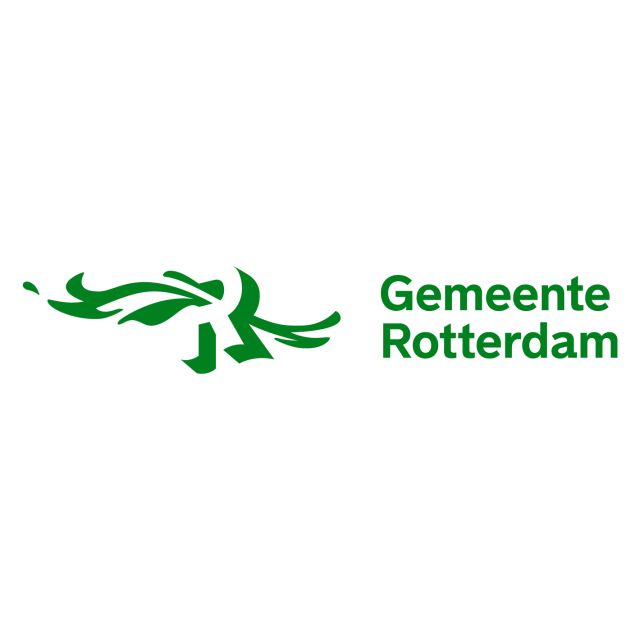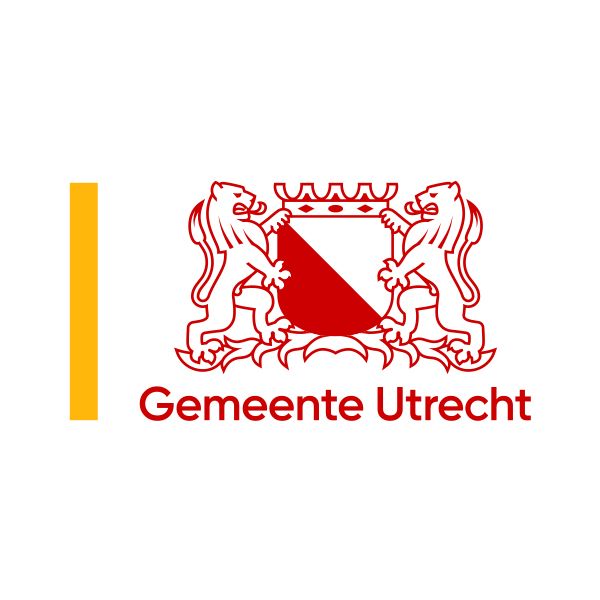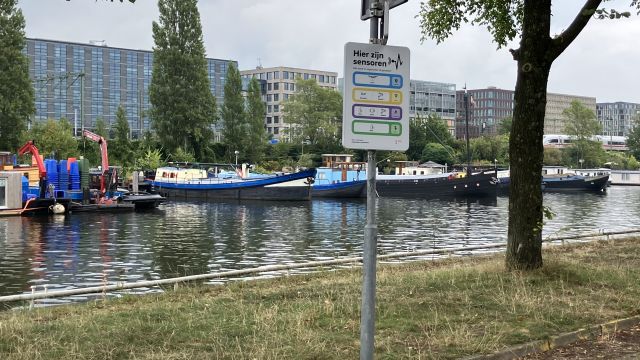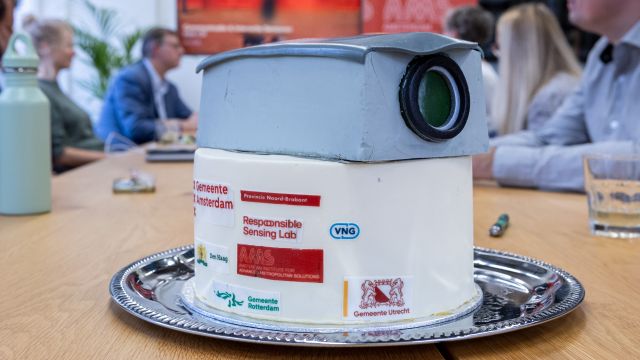Citizen communication and participation regarding sensors
Smart city systems are on the rise. Together with national partners we are working towards a standard communication approach to enhance awareness on the use of sensors and, with that, the involvement of citizens.
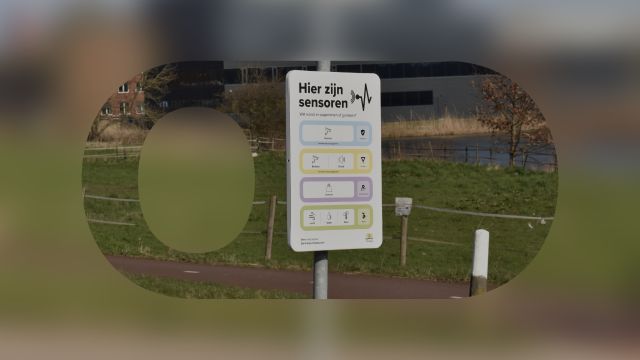
The use of smart city applications to monitor, analyze and control urban processes is increasing. For instance, sensors are used to monitor crowdedness in the city, for charging electric cars, for managing waste and for maintaining public order and safety. In many cases, these smart applications enhance livability for the people living in these cities, but at the same time they have an impact on social standards and values. Citizens are hardly aware of these systems and the impact they have on their lives.
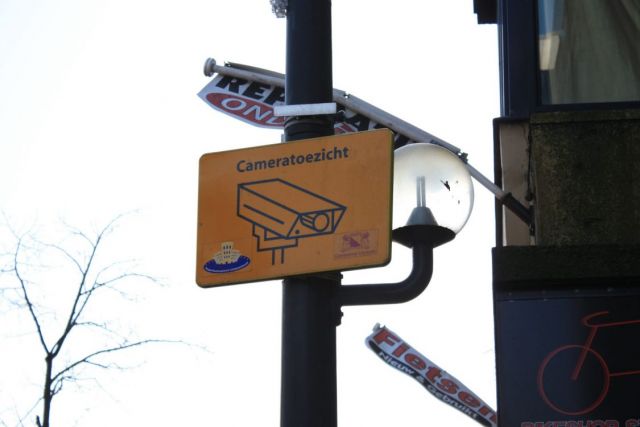
In our project 'Citizen communication and participation regarding sensors' we collaborately work towards an effective and inclusive communication approach (online and offline) about sensors in the city, which contributes to the participation of citizens. Our long-term goal is to create a national standard for explaining sensors. Currently there is no standard approach for communicating about sensors and creating interaction with citizens living in smart cities. In addition, the variety of signage and other forms of communication that are currently being used is confusing.
Cities aim to be more transparent about the deployment of sensors, and want a public space that is calm and pretty at the same time. This is both possible. In this process, we learn how!”
— Dirk van Brederode, manager Public Values, VNG
As we believe that awareness and accountability are essential for a well-functioning democracy, we are - in collaboration with a group of nation-wide partners - working towards an effective and inclusive communication approach on sensors in public space and the systems they belong to. This ensures democratic values like privacy, transparency and accountability and at the same time encourages interaction and participation.
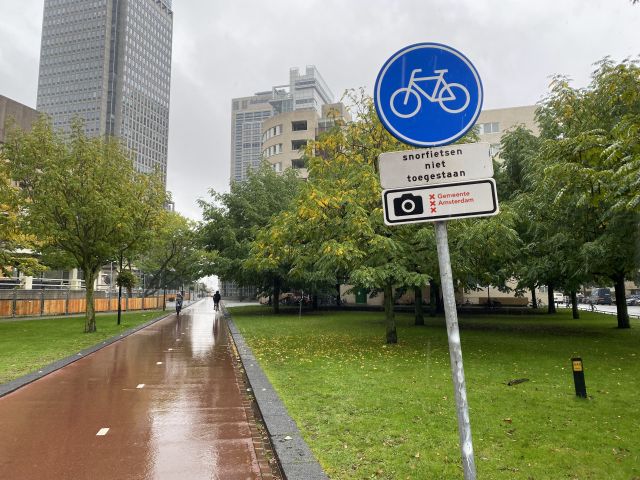
Smart city applications may be in breach of citizen's interests or rights. Protecting the interests and rights of citizens is primarily the government's responsibility. However, transparency and accountability are key for a well-functioning democracy. Only if citizens are well aware of the applied systems and these systems are well-explained, it is possible for them to ask questions and to denounce indesirable situations if they may occur.
Secondly, the understanding of these systems is important to the city's participatory policy. Citizens need to understand the systems in order to be able to have a say in the application of these systems. In addition to establishing these systems legitimately, it is of great importance for governments to explain these systems and their applications, and to encourage citizens to actively contribute their ideas on the use of sensors. The informing and participation process are currently insufficient regarding these smart city applications.
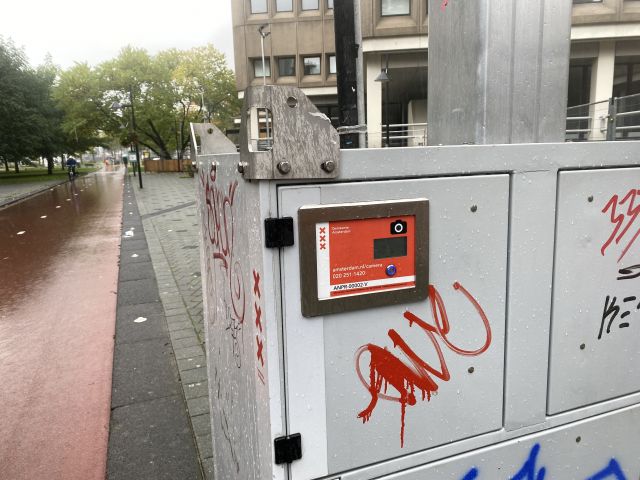
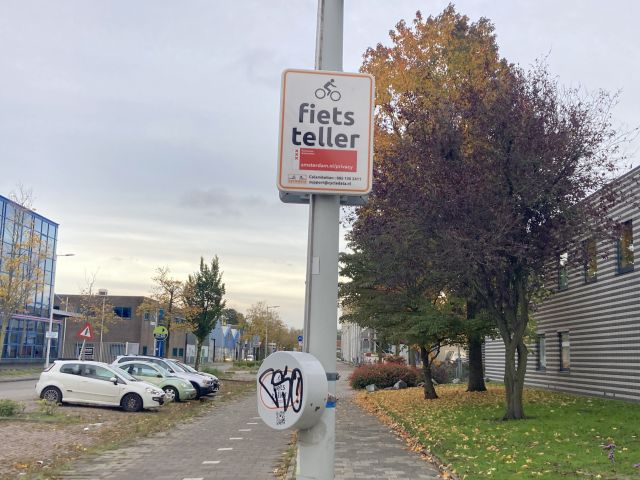
Traffic signs in the Netherlands are recognizable and understandable for everyone. If each city were to design them independently, it would become a mess. With this project, we aim to work towards an equally clear, national communication guideline for sensors.”
— Thijs Turèl, co-initiator Responsible Sensing Lab
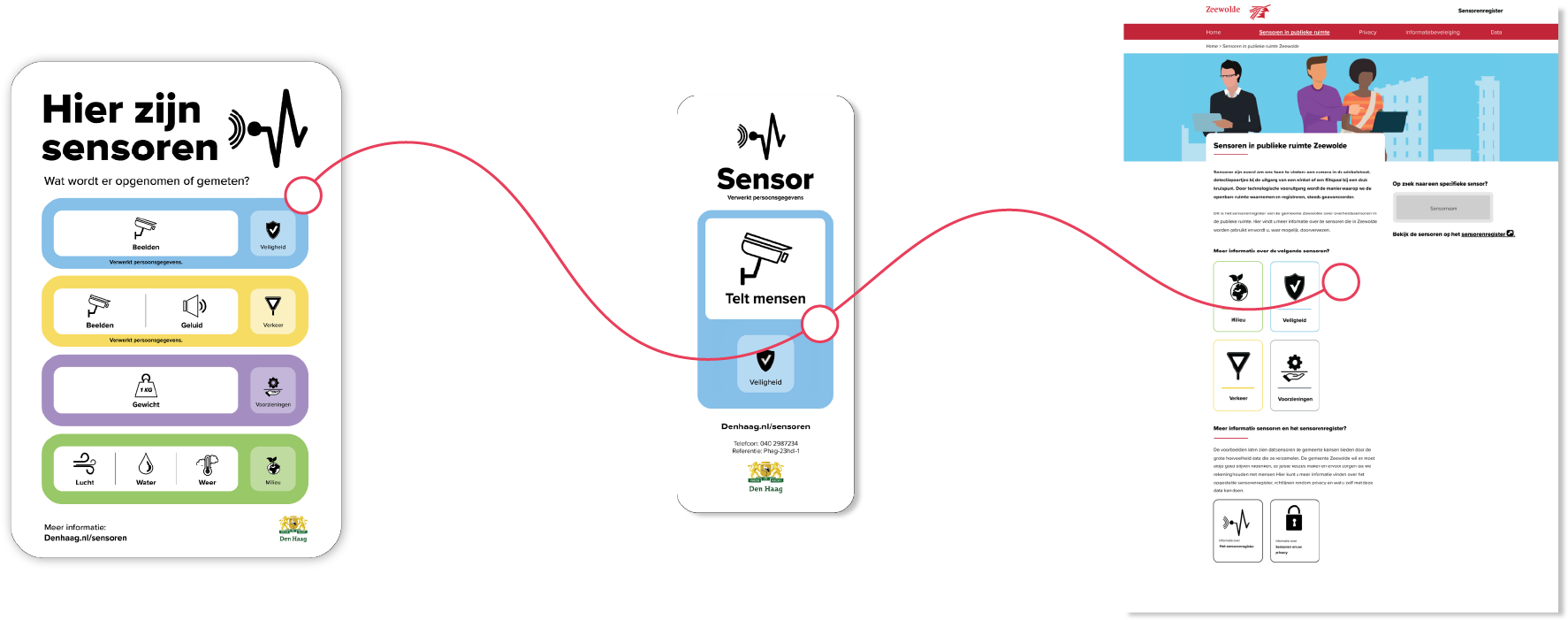
In the last months we gathered and combined our knowledge and experience in this area. We developed and tested concepts which led to a standard approach. We no have a first version of a guidline that can be shared and further developed throughout the country.
Dutch communication guideline on goverment sensors
The goal of this guideline is to promote uniformity in the Netherlands in the communication regarding sensors in public spaces. Currently, communication about these sensors varies at each location. This guideline provides a clear framework that increases transparency and encourages citizen engagement around sensors.

Validation report
The project, initiated in April 2023, followed the double diamond method. Experts, citizens, and knowledge partners from various municipalities were interviewed to gain insights into sensors and communication needs. This report is the summary of the entire project. It outlines the process through which we arrived at a national communication guideline regarding government sensors in the public outdoor space.
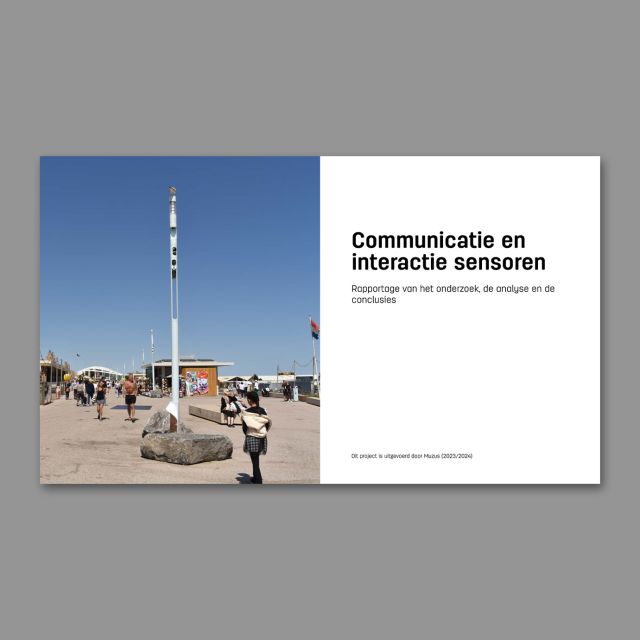
Communication guideline for government sensors
On March 14, 2024, we presented the guideline, the validation and the associated research on how trust and transparency play a role in government communication during the Webinar Communication Guidelines Sensors organized by the Future City Foundation as part of the City Deal ‘Een slimme stad, zo doe je dat’ and ‘Slim Maatwerk’.
Webinar: ‘Sensor Communication Guidelines’
Program
9:00 – Opening by Thijs Turel (AMS Institute)
Why should governments implement the sensor communication guidelines?
9:15 – Purpose of the Communication Guidelines by Dr. Pieter van Langen (TU Delft)
How do trust and transparency impact government communication?
9:30 – How the Communication Guidelines Work by Rins Lindeman (Muzus)
How can you start using the sensor communication guidelines tomorrow?
The presentation from the webinar can be downloaded below. In the red section, you’ll find the complete study “How do transparency, trust, and social values relate?”

Research
A scientific exploration of the relationship between government and citizens in communication and interaction about sensors in public spaces
Dr. Pieter van Langen is a senior scientific researcher in systems science at TU Delft. He investigated for the consortium whether more government transparency leads to more citizen trust. He concludes that government transparency generally promotes citizen trust, satisfaction and participation. But there are exceptions where more transparency sometimes leads to less trust:
1) When there is a lot of detailed explanation (e.g. explanation of decision-making)
2) When a citizen visit government websites more often than the governments’ social media accounts.
Read the full research report here:
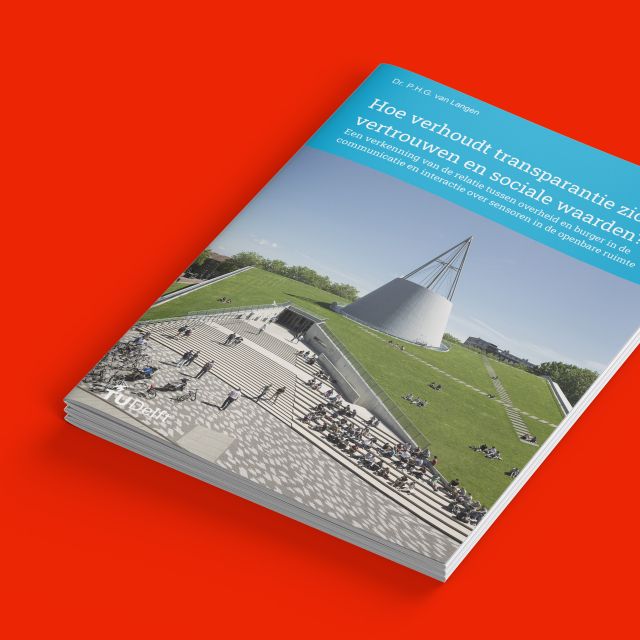
Want to get started with the guideline yourself?
The guideline including the InDesign files are available at the website Toolkit Taal van Gebruikers Centraal. You can download all design components for the signs, stickers and website there, you only need to incorporate the correct municipal logo and url.
If you have any questions regarding the guideline, please email to the Responsible Sensing Lab rsl@ams-institute.org with 'Communication Guideline Sensors' in the subject.
Three pilots
The guidelines were practically tested during the summer of 2024 through various pilots in The Hague, Amsterdam, and Utrecht. Here you can find more information about the Amsterdam pilots: Pilots in Amsterdam: What does that sensor actually do?...
Below is the presentation with all findings from the pilots across the three cities. The recommendations have been incorporated into the latest version of the guidelines wherever possible.
Download: Initial results from pilot in Amsterdam
In various locations across Amsterdam, we explored how to communicate effectively about the use of sensors in public spaces. Feedback was collected by researchers from Muzus and contributes to refining and optimizing the communication. The findings will be compiled in a report, including recommendations for other municipalities to successfully implement the guideline. This will make it easier for cities to adopt this new communication method.
